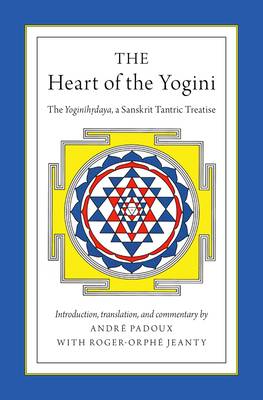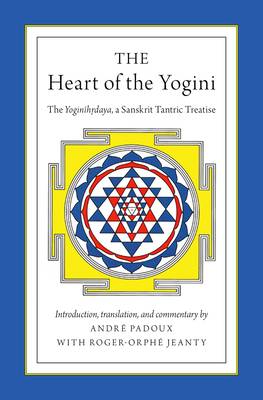
- Afhalen na 1 uur in een winkel met voorraad
- Gratis thuislevering in België vanaf € 30
- Ruim aanbod met 7 miljoen producten
- Afhalen na 1 uur in een winkel met voorraad
- Gratis thuislevering in België vanaf € 30
- Ruim aanbod met 7 miljoen producten
Zoeken
The Heart of the Yogini
The Yoginihrdaya, a Sanskrit Tantric Treatise
Andrae Padoux, Andr Padoux, Andre Padoux
Paperback | Engels
€ 77,45
+ 154 punten
Omschrijving
Though many practitioners of yoga and meditation are familiar with the Shri Chakra, a sacred diagram, few fully understand the depth of meaning in this representation of the cosmos. The Yoginihrdaya, a Hindu tantric text dating back to the tenth or eleventh century CE, discloses to initiates the secret of the Heart of the Yogini, or the supreme Reality: the divine plane where the Goddess (Tripurasundari, or Consciousness itself) manifests her power and glory, through her yantra, mantra, and worship. André Padoux, with Roger Orphe-Jeanty, offers the first English translation of this seminal text. Padoux demonstrates that the Yoginihrdaya is not a philosophical treatise aimed at expounding particular metaphysical tenets. Rather it aims to show a way towards liberation, or, more precisely, to a tantric form of liberation in this life-jivanmukti, which grants both liberation from the fetters of the world and domination over it.
Specificaties
Betrokkenen
- Auteur(s):
- Uitgeverij:
Inhoud
- Aantal bladzijden:
- 208
- Taal:
- Engels
Eigenschappen
- Productcode (EAN):
- 9780199982332
- Verschijningsdatum:
- 1/11/2013
- Uitvoering:
- Paperback
- Formaat:
- Trade paperback (VS)
- Afmetingen:
- 155 mm x 234 mm
- Gewicht:
- 299 g

Alleen bij Standaard Boekhandel
+ 154 punten op je klantenkaart van Standaard Boekhandel
Beoordelingen
We publiceren alleen reviews die voldoen aan de voorwaarden voor reviews. Bekijk onze voorwaarden voor reviews.











